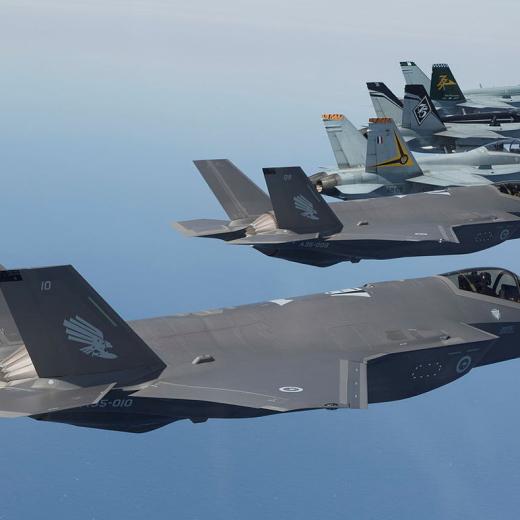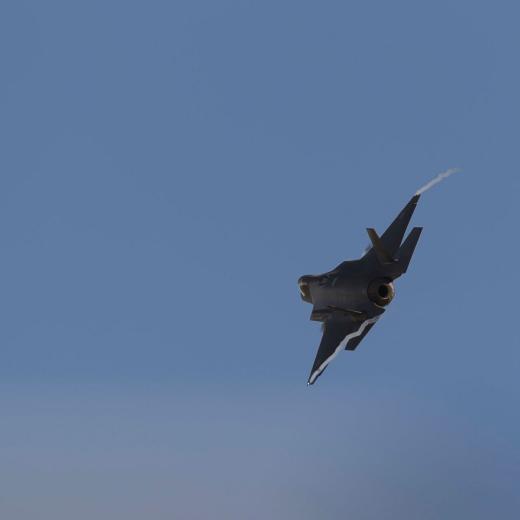BLUF
F35 capable light aircraft carriers might not provide value for money in a future conflict.Summary
The U.S., U.K. and Japan have F-35B Lightning II fighter capable light aircraft carriers. South Korea is evaluating designs. Australia and Singapore are possibilities.
Key points concerning light aircraft carriers:
-
Highly prestigious.
-
Bespoke for different national requirements.
-
Maintenance and training is expensive.
-
Vulnerable to long-range precision strike capabilities and submarine attack.
-
Offer a marginal additional capability that comes at a high cost.
-
Long-range flexible, resilient, and distributed land-based aircraft may be more cost-effective.
F-35B aircraft.
-
Low-observable design, highly capable electronic warfare and attack capabilities.
-
Enormous data fusion and sharing functions a quantum leap over the Falklands War era AV-8B Harrier II.
-
Can provide airborne intelligence-gathering and limited early warning.
-
Some offensive capability.
-
45,000-tons. (Canberra Class 27,500 tons).
-
Carries around twenty F-35B fighters, Osprey tiltrotors and helicopters.
-
The flagship of Expeditionary Strike Group Seven.
-
Partial substitute for a supercarrier if needed, but limited combat value.
-
65,000 tons.
-
A “ski-jump” ramp facilitates heavier payloads.
-
Around 24 F-35Bs.
-
Expensive and complex.
-
The Royal Navy relies on others to provide escort vessels.
-
Likely future operations as part of a coalition.
-
Japan’s first aircraft carriers since World War II, so expertise needs re-learning.
-
20,000 tons.
-
24 F-35B’s.
-
Likely to operate close to Japan defending its southwestern islands.
-
Slow growing Japanese economy creates budget constraints.
-
Japan’s Ryukyu Islands have two dozen airfields suitable for operating both the F-35A and F-35B; better value than a carrier.
-
F-35B’s can use smaller commercial airfields.
-
Damaged runways can be repaired quickly, unlike carriers.
South Korea’s CVX program.
-
30,000-40,000 tons.
-
Part of its amphibious force and desire for an active blue-water force.
-
Additional firepower to attack North Korea.
-
Improving airbase defences and resilience and larger payload and longer endurance-strike aircraft are more cost-effective.
-
Symbolic of the North Asian arms race.
-
Planned operational early 2030’s.
References
-
Aug 2020 USNI News the Future of the UK Carrier Strike Group
-
Oct 2021 Forbes Its official. After a 75 year gap, the Japanese Navy has an aircraft carrier.
-
Nov 2021 Naval News BAE Systems Eager To Share Aircraft Carrier Know-How With Japan.





